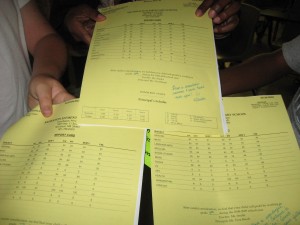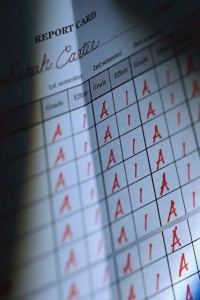 What holidays do American schools observe?
What holidays do American schools observe?
American school districts have the responsibility to decide which holidays to include in their school schedule. So, it depends on which district a pupil’s school is in. The advantage of this is that a particular school district would have the flexibility to give its students a holiday honoring a local hero. For example, many schools in Chicago, and some in its suburbs, observe “Pulaski Day” in honor of the Polish-born Revolutionary War cavalry officer. (This is related to the fact that Chicago has a large Polish population.) Practically speaking, though, there are a set number of certain holidays that school districts choose to observe, regardless of the locale.
What are some typical holidays included in an American school schedule?
Holidays generally observed in an American school schedule include:
New Year’s Day (January 1, generally included in winter break/Christmas vacation). This holiday celebrates the beginning of the year according to the Western (Gregorian) calendar.
Martin Luther King Day (third Monday in January). This holiday celebrates the birth of the 20th-century civil rights figure.
Washington’s Birthday / Presidents’ Day (third Monday in February). This holiday honors the lives and contributions of American presidents, past and present.
Good Friday (date varies). This religious holiday recognizes the crucifixion of Christ. Some school districts follow tradition in letting students have this day off, while others simply schedule a spring break/Easter vacation around this time, anyhow.
Memorial Day (last Monday in May). This holiday honors the men and women who have given their lives in service in the United States Armed Forces.
Labor Day (first Monday in September). This holiday celebrates the American worker and the labor movement.
Columbus Day (second Monday in October). This holiday honors the man who is generally credited with discovering America.
Veterans Day (November 11). This holiday originally commemorated the signing of the armistice that ended World War I, but has since been expanded to honor all surviving veterans of the United States Armed Forces.
Thanksgiving Day (fourth Thursday of November, along with the following Friday). This holiday is a remembrance of the harvest festival held by the Pilgrims at Plymouth Colony in Massachusetts.
Christmas Day (December 25, generally included in winter break/Christmas vacation). This religious holiday celebrates the birth of Jesus Christ.
Why are some people against giving students so many holidays?
Some people are concerned that letting students have so many days free from school sends the wrong message about the meanings of these holidays. They believe that having these holidays off detracts from instructional time. It would be better for the students to remain in school and learn why these dates and / or holidays are significant, instead of implicitly encouraging students to think of these dates as just another day free from school and homework.




